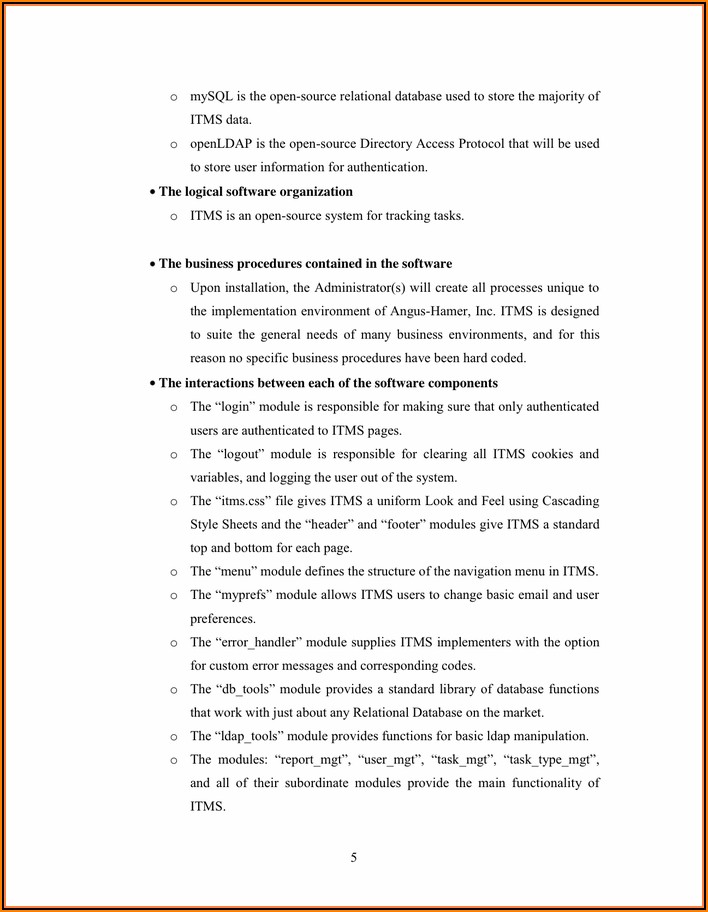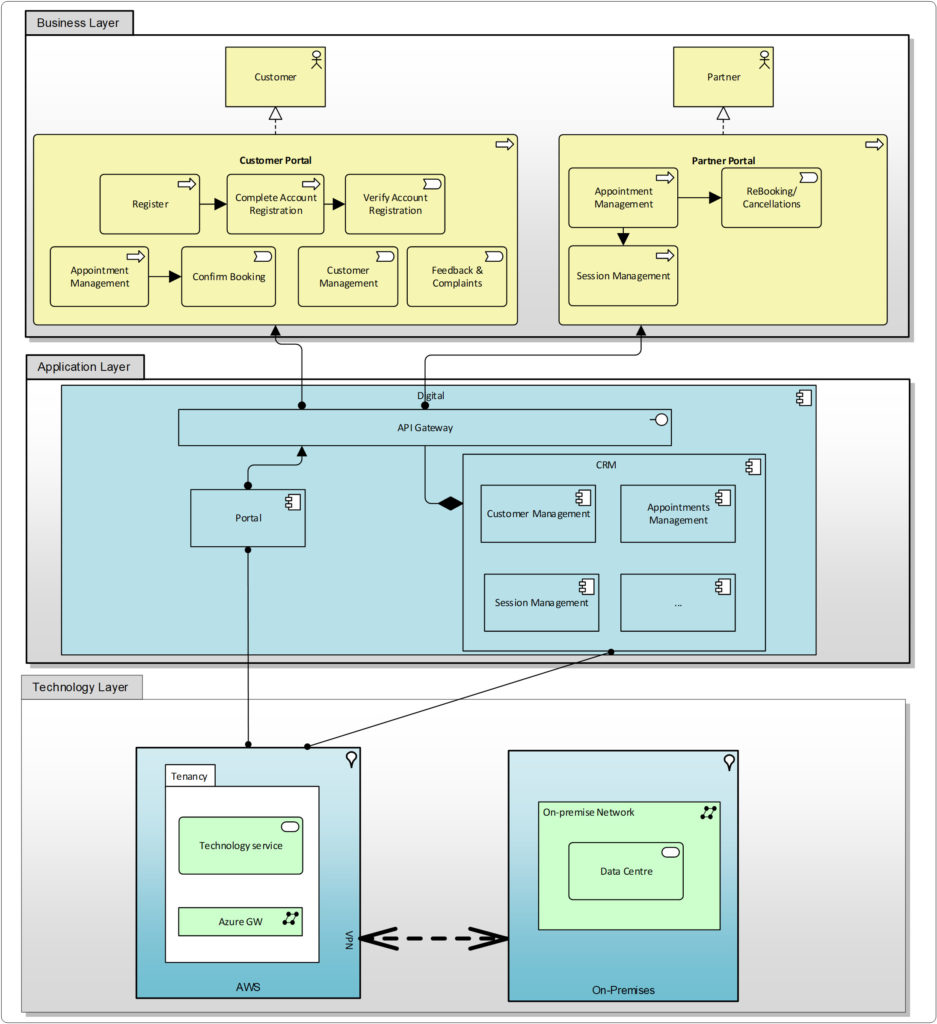Table Of Content

A detailed design document template will facilitate the creation of such a summary section. It’s a smart way to share screens and provide direction to your team, future employees, and clients you’re working with. Bit works with these two applications along with 100+ other integrations to make sure your technical documentation brings in various types of digital content.
Why write a software design document?
It’s like having a meticulous quality control system, guaranteeing that every aspect of the software is thoroughly examined and meets the highest standards. Avoiding conflict of ideas is key to implementing pixel-perfect UI and UX elements into your software. Many teams use visual aids to illustrate these things and highlight beneficial UI-UX attributes.
Receive the latest WriteClick Newsletter updates.
In this post, we’ll explain the ins and outs of a software design document (SDD), why you should have one, and tips on maximizing its value. Slite's technical design document template has a chronology section so you don't have to watch tutorials or build complicated calendars to map deliverables. The user interface component of a project is by far the most challenging section of the design document.
Detailed system design
Breaking down your software into small pieces helps to bring more clarity on when to achieve or complete certain tasks. Designers know their tasks and create a user interface design within the scope and deadline. The introduction to the software design document describes the document itself.
Developers, software designers, testers, DevOps engineers, reviewers, and project managers (PM) will all use this document frequently. Activities such as gathering the requirements, planning the project, and designing the specifications are good examples. The good news is that you can utilize templates to help speed up these activities and write software documentation efficiently. The SDD helps you envision what successful, working software will look like. The document will give insight into whether different parts of your system may clash. The right documentation software will allow you to implement version control for your document.
How to Automate Your Word Documents - PandaDoc
How to Automate Your Word Documents.
Posted: Tue, 19 Dec 2023 08:00:00 GMT [source]

Developers should know what kind of devices can support the product. If there are difficulties, you need to find a way to reduce the workload, making the software easy to handle even for older devices. We recommend discussing references that all participants will be using to explain terms. Providing a description of terms and acronyms prevents misunderstandings and helps during discussions. Lastly, the standard formatting practice is to put the terms in alphabetic order so that they are easy to find and categorize.
Key element 17: Glossary of technical terminologies
But these can’t be achieved if there’s any vagueness whatsoever about what the job actually is. If the client still insists that you advance without such a document, you should accept the fact that you have an unworkable relationship and walk away. You will get a very general idea of what the software is supposed to do, look like, and flow. If you write an application based on the cursory description you usually start with, there’s almost no chance that your client will be happy with the result. Software design typically involves 2 levels of design – namely architectural and detailed design. The Architectural design specifies the basic components of the software system such as user interface, database, reporting module, etc.

This ensures the entire development team follows uniform guidelines, creating a more cohesive and maintainable codebase. Because the design document lays everything out in one place, it provides a clearer view when making comparisons and evaluating performance. Team members have a visual representation of current operations and can use it to brainstorm new opportunities for innovation. Lucidchart, a cloud-based intelligent diagramming application, is a core component of Lucid Software's Visual Collaboration Suite.
Best practices for successful project documentation
In the software development process, many aspects surround the process itself and need to be considered early on. Each software development project needs a contingency plan that describes risks and their estimated costs. Stakeholders should rely on mathematical models along with previous experience to come up with a relevant model of contingency analysis. Often, executive summaries focus only on the positive aspects of the project – past successes, expectations, goals, and conversation starters.
This element involves creating a structured list of technical terms and concepts for your software design. It serves as a knowledge base for your team, providing a quick reference to understand concepts or terms mentioned throughout the SDD. SDDs serve as a communication tool between developers, software designers, and stakeholders. It promotes a shared understanding of the project, makes collaboration effective, and reduces misunderstandings.
The following section will provide you with some of the benefits of SDD. A software design document (SDD) is a comprehensive document plan for employees to understand the steps involved in software development. It includes various software functionalities, modules, and architectural designs to help achieve company goals.
An outline aims to give brief information on all practical aspects of project management, requirements, expectations, and the team’s actions. In the overview, the team lists the main points that will be discussed throughout the document. Our common practice is to make the title of each section clickable for fast and convenient access. Hundreds of startups and companies like Samsung, Airbus, NEC, and Disney rely on us to build great software products.

















